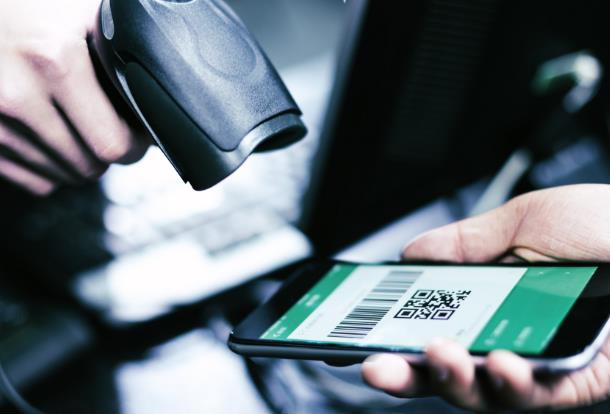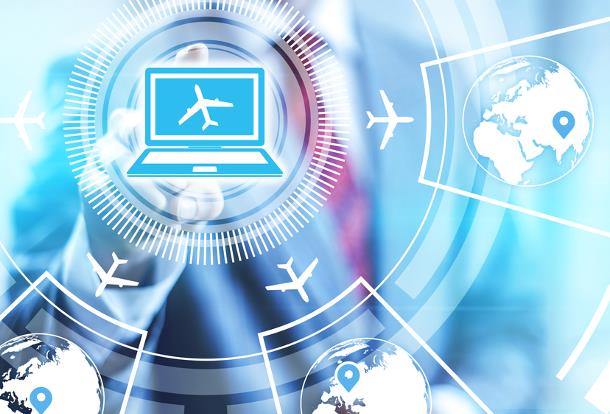In today’s digital funnel, travel companies are experts in enriching their knowledge about the customer, while engaging with them throughout the customer journey. Useful content is key to add value in this process, and trip planning solutions fit perfectly well in different touchpoints as the perfect excuse to engage more.
On a general level, the customer journey has four main touchpoints that companies are already familiar with: inspirational, pre-trip, in-destination, post trip. Attention needs to be paid to the different characteristics of each stage in terms of format, tone of voice, the degree of personalization. Relevance should improve as travel firms and destinations have more info about our customer.
The industry knows that customers have not only high expectations but also an assumption that travel firms will meet these expectations. Organizations must anticipate any desire the traveler might have and interact accordingly. “Big data” can help predict how customers might behave, but many travel firms lack the in-house expertise to fully understand the nuances of data collection and how to create actionable insights from that data. Increasingly, travel firms are working with specialist tech providers to optimize their use of data and to ensure that the traveler’s digital experience of the touchpoints remains front of mind.
One area where this type of collaboration is evident is the role of destination content at the various touchpoints. Travelers want to know about what experiences destinations can offer – even if they have visited before – and the content can be adapted to the different requirements of the touchpoints.
Starting at the inspirational stage, a tool that provides broad and complete information on different cities around the globe, with standard features, is a great first step. The second stage requires more personalization and targeted, specific messages. It is important therefore that companies make sure they find out about their customers’ preferences at the earliest possible stage so that all future interactions across the touchpoints are engaging and relevant.
For the following stage, companies should be aware that personalization is about more than just the content – that is a given. But personalization needs to factor in other elements such as identifying the traveler’s preferred channel for communication, and on what device. Original and relevant content needs to be delivered as a perfect user experience. By creating a tailor-made product which combines these two components, travel firms can differentiate their brands in a crowded marketplace. Customers are open to new touchpoints that add real value to their needs, perhaps Amazon is the perfect example.
Another element to consider is that the best practices vary from vertical to vertical, which means that travelers might expect different information at different stages depending on whether they are engaging with an OTA, an airline, a hotel or a destination. Incorporating different content in the messaging across the touchpoints reinforces the perception that the suppliers are engaging with the traveler on the traveler’s terms. Being able to propose different content to different profiles (for example, depending on the country of origin), is also key to be more relevant to the users.
Read original article




